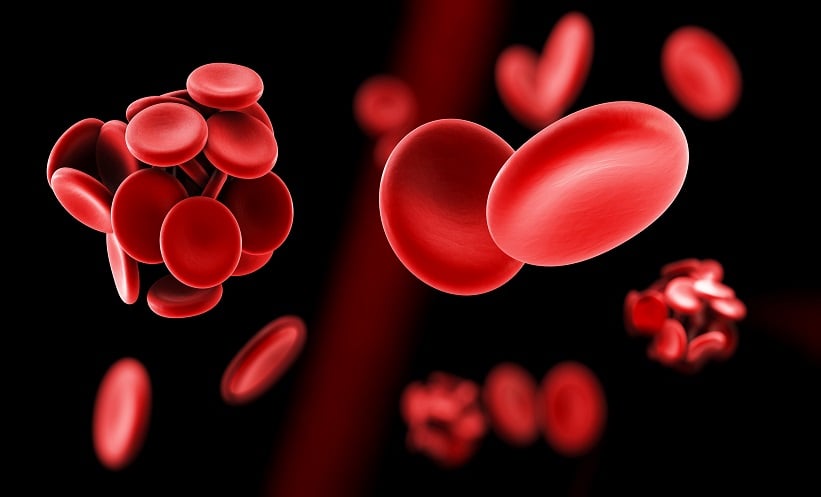IRON deficiency anaemia (IDA) continues to be a widespread health concern globally, affecting individuals across various age groups and settings. Oral iron therapy remains the first-line treatment; however, the ideal dosing strategy, whether daily or on alternate days, remains uncertain. This has prompted renewed interest in the comparative effectiveness and tolerability of different regimens for use in general clinical practice. A recent systematic review and meta-analysis has now shed light on this question, examining outcomes across more than 1,000 patients. One key finding is that daily dosing does not offer a statistically significant benefit in haemoglobin improvement over alternate-day administration.
Researchers carried out a comprehensive literature search across major medical databases up to March 2025, selecting 11 randomised controlled trials (RCTs) involving 1,014 participants with IDA. The review focused on changes in haemoglobin concentration as the primary outcome, while secondary outcomes included iron markers such as serum iron, ferritin, transferrin saturation, total iron-binding capacity (TIBC), mean corpuscular volume (MCV), and adverse events. Risk of bias was assessed using the Cochrane RoB 2 tool, and evidence certainty was evaluated through the GRADE approach. Data were analysed using R Studio and RevMan software.
The pooled data revealed a small but statistically non-significant increase in haemoglobin with daily dosing compared to alternate-day (mean difference: 0.28 g/dL; 95% CI: -0.01–0.56; p=0.06). No meaningful differences were observed for secondary iron-related outcomes between the two regimens. Rates of adverse events were similar overall (risk ratio: 1.07; 95% CI: 0.86–1.34), although metallic taste was more commonly reported with daily dosing. The studies included generally showed low to moderate risk of bias, but certainty of evidence was rated very low for most outcomes, mainly due to heterogeneity and imprecision.
This review suggests that daily and alternate-day oral iron dosing offer comparable efficacy for treating iron deficiency anaemia, with alternate-day dosing demonstrating a slight advantage in tolerability. These findings may support a shift in prescribing practices towards alternate-day regimens, particularly for patients who struggle with gastrointestinal side effects. However, the low certainty of evidence highlights the need for further high-quality research to guide definitive clinical recommendations. Until then, individual patient factors should drive treatment decisions in routine practice.
Reference
Dhanvijay AD et al. Efficacy of daily versus alternate day oral iron supplementation for management of anaemia among general population: a systematic review and meta-analysis. BMC Pharmacol Toxicol. 2025;26(1):152.







